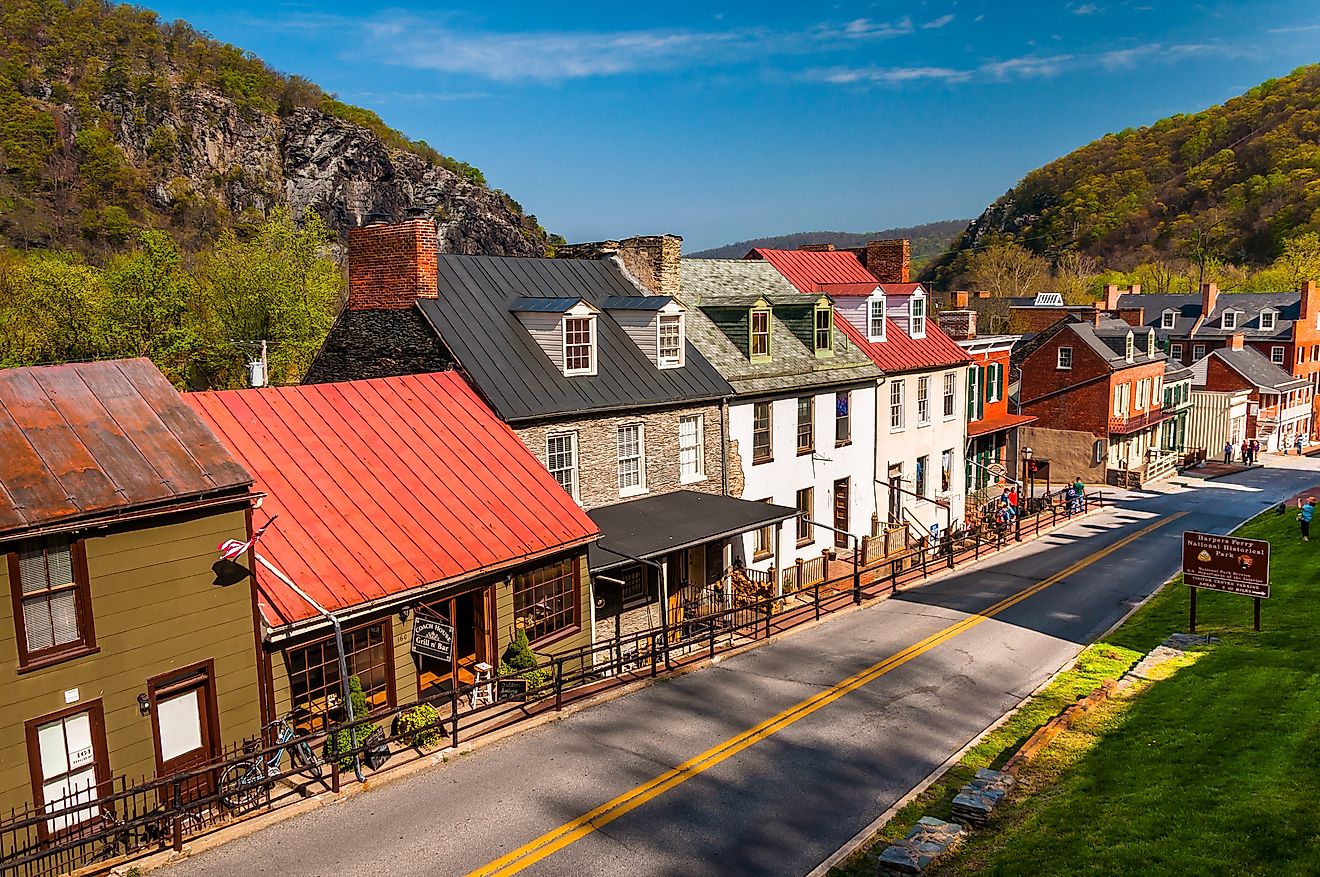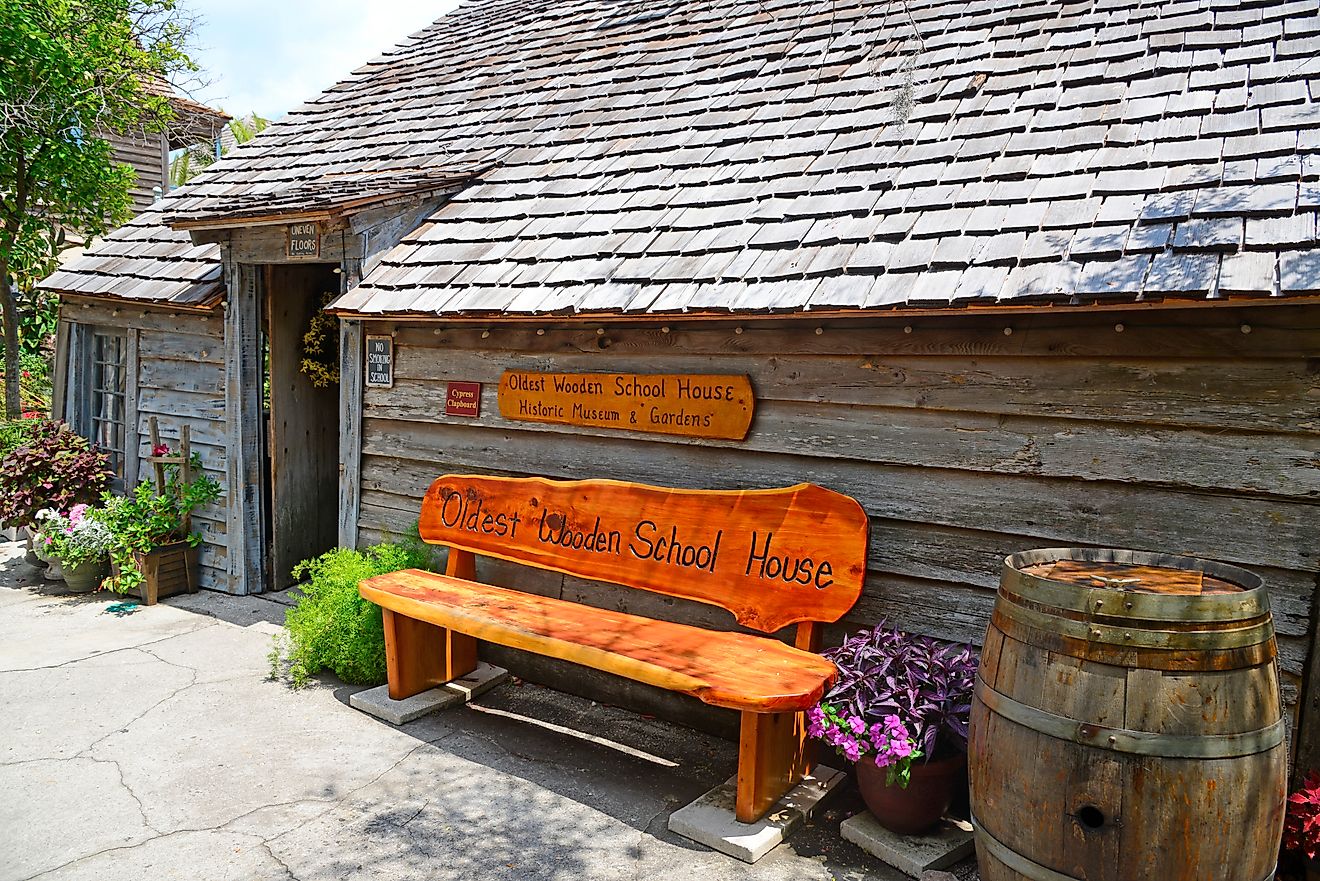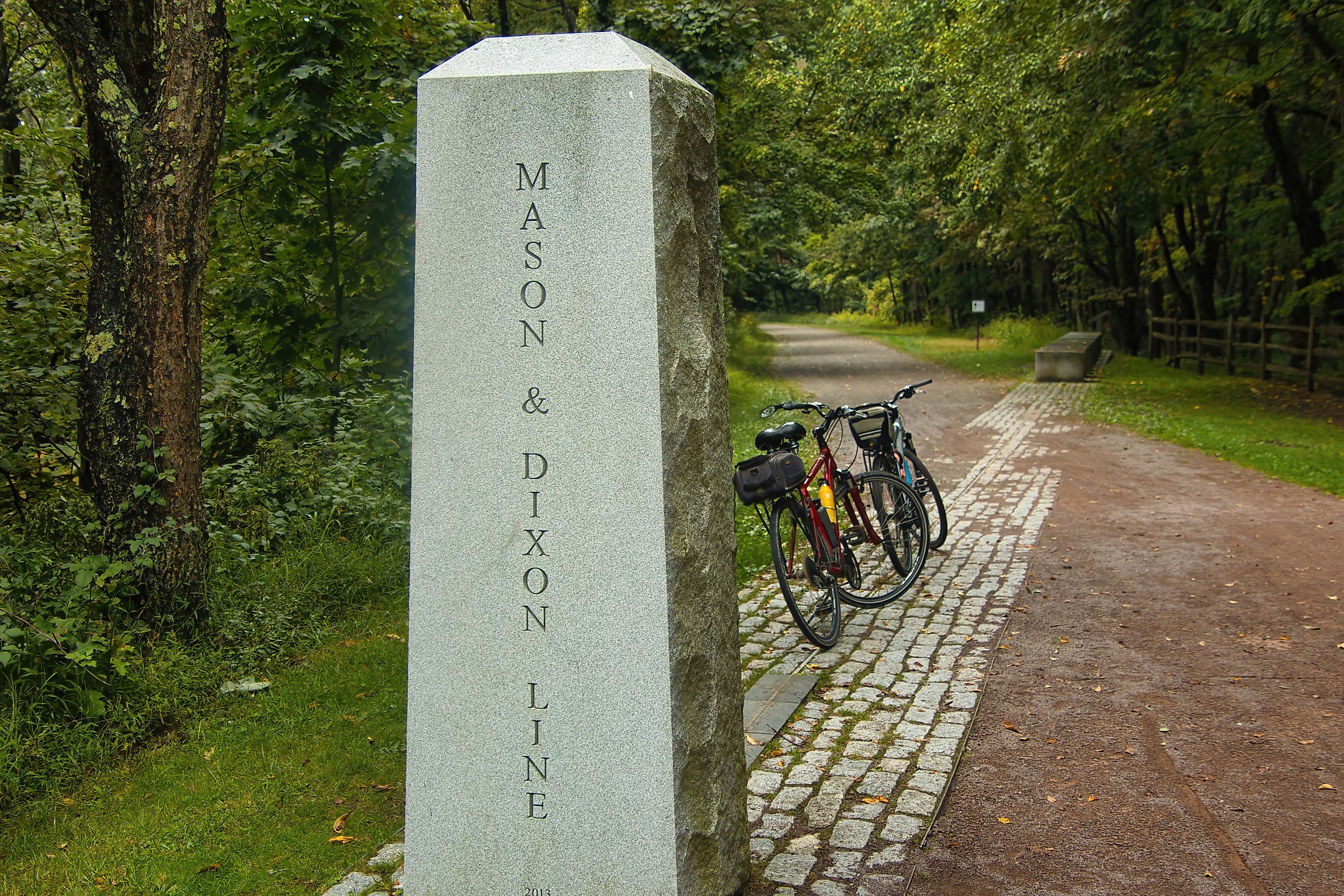
How the Mason-Dixon Line Still Affects the US Today
If you thought the Mason-Dixon Line was just an old historical footnote from the colonial era, think again. Even in 2024, this centuries-old survey line still influences American life in ways you might not expect. It continues to shape cultural identity, political trends, regional pride, and even how Americans talk about “the North” and “the South.”
Born out of a land dispute in the 1700s, the Mason-Dixon Line has outlived its original purpose to become one of the most enduring symbols of regional difference in the United States. Today, it is as much a cultural dividing line as it is a geographical one, touching everything from barbecue styles to voting patterns.
The Origin of the Mason-Dixon Line
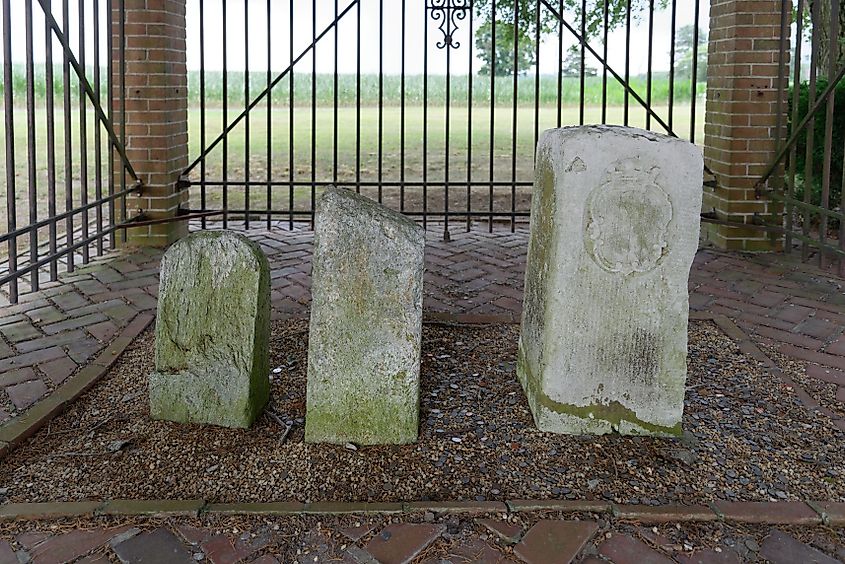
The Mason-Dixon Line dates back to the mid-18th century, when a long-running border dispute between the British colonies of Pennsylvania and Maryland threatened to escalate into violence. In 1763, surveyors Charles Mason and Jeremiah Dixon, both from England, were commissioned to settle the matter. Over four years, they mapped out a line running between the two colonies. The final result not only resolved the dispute but also set the boundary between Pennsylvania and Maryland, with portions extending to separate Delaware and parts of West Virginia.
What began as a technical surveying project soon took on symbolic weight. By the 19th century, the Mason-Dixon Line became widely recognized as the cultural border between the North and the South. In the years before the Civil War, it was frequently referenced as the dividing point between free states and slave states, cementing its place in American history.
The Mason-Dixon Line and Cultural Identity Today

Even now, the Mason-Dixon Line is more than just a spot on the map. It serves as a shorthand for describing regional culture. People north of the line might emphasize certain traditions, accents, or foods, while those south of the line proudly defend their own.
Barbecue is a perfect example. Above the line, you are more likely to find tomato-based sauces with a tangy profile, while south of the line, vinegar-based and mustard-based varieties dominate. Language also shifts. While “you guys” reigns supreme in Pennsylvania, Marylanders and Southerners might be more inclined to say “y’all.”
Sports rivalries sometimes follow the same geographic logic. College football passion intensifies south of the line, while the north leans more heavily toward professional teams. Even holiday traditions can differ, with southern states often favoring foods like cornbread stuffing, while northern tables might feature bread-based stuffing or mashed potatoes front and center.
A Political Border That Still Matters
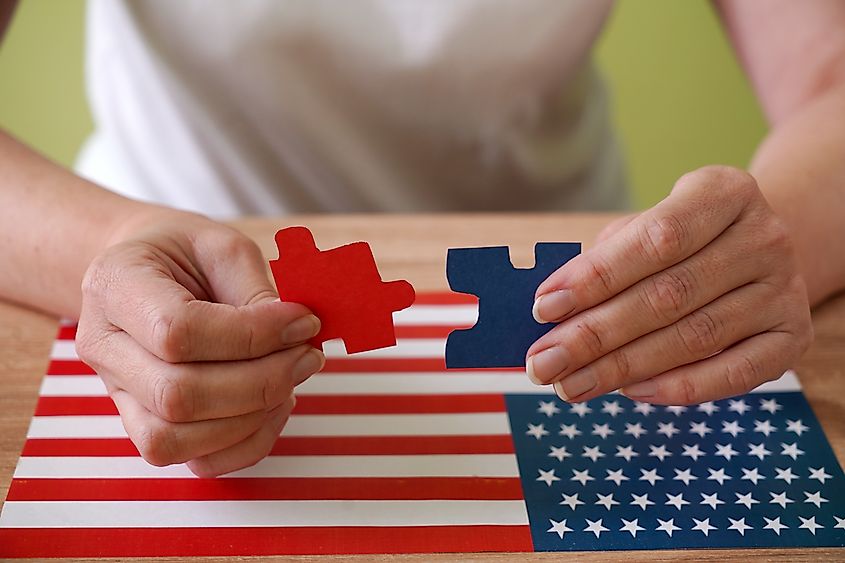
While the Mason-Dixon Line is not an official political boundary anymore, its cultural legacy often overlaps with modern voting patterns. States south of the line have historically leaned more conservative in national elections, while those to the north tend to be more liberal. Of course, there are exceptions, but political analysts still reference the Mason-Dixon Line as a useful shorthand when discussing electoral trends.
The 2020 presidential election provided a fresh example. Pennsylvania, north of the line, became a key swing state with a strong urban-rural divide. Maryland, straddling the line, showed its own split between liberal Baltimore and its more conservative rural counties. These patterns reflect a lingering cultural divide that the Mason-Dixon Line helped define centuries ago.
The Line and Regional Pride
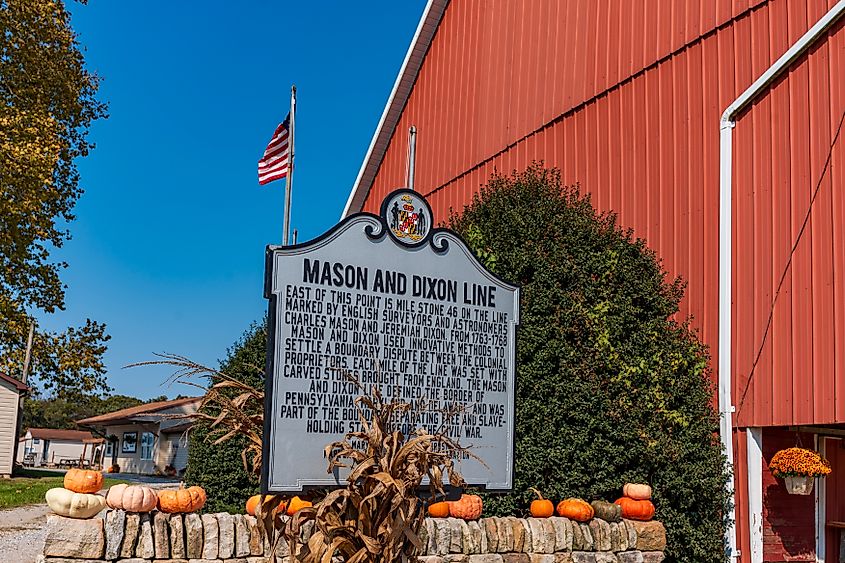
For some communities, living near or south of the Mason-Dixon Line is a badge of honor. Festivals, road signs, and local businesses often invoke the line to emphasize regional heritage. Tourists can visit historical markers along its route, and some towns capitalize on the name for branding, from restaurants to breweries.
This regional pride also plays into storytelling. Musicians, authors, and filmmakers often use the Mason-Dixon Line as a metaphor for division, identity, and change. In country and folk music especially, it appears as a symbol of home or a place of departure.
Tourism and the Mason-Dixon Line
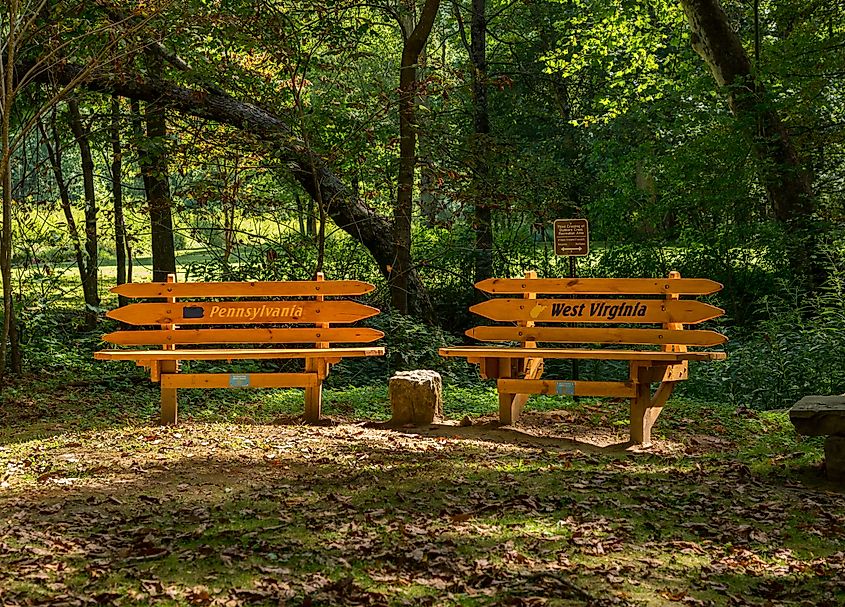
You can still follow much of the original Mason-Dixon Line today, and tourism plays a role in keeping its story alive. Historic markers dot the landscape, and certain sections offer hiking opportunities. The Mason-Dixon Trail, a 200-mile hiking route, weaves through Pennsylvania, Maryland, and Delaware, offering scenic views and a chance to walk a path steeped in history.
In some spots, the line runs through small towns, providing quirky photo opportunities for travelers who want to stand with one foot in "the North” and one in “the South.” Local museums and visitor centers share the surveying story, complete with maps, original tools, and tales of Mason and Dixon’s years in the American wilderness.
A Dividing Line in Pop Culture
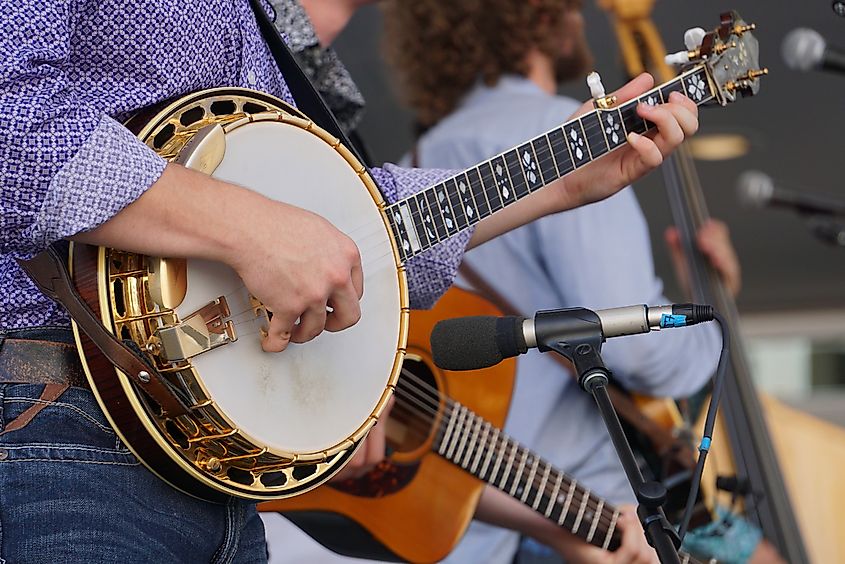
Pop culture has a way of keeping the Mason-Dixon Line alive. It appears in films, television shows, and songs as a symbol of change, often marking a moment when a character crosses into a new world, culturally, socially, or politically. Its mention immediately evokes an idea of contrast, even for people who might not know its exact location.
In literature, the line can stand for a personal journey or transformation. In music, especially in genres like bluegrass, country, and Americana, it often represents roots, belonging, or the bittersweet pull of home.
Education and the Mason-Dixon Line

The Mason-Dixon Line also endures in classrooms. History teachers use it to illustrate early American surveying methods, colonial disputes, and the tensions leading up to the Civil War. It appears in geography lessons, history projects, and even in discussions about mapping technology.
Modern educators sometimes use it to spark conversations about cultural divisions in the US. Students compare historical and current maps, noting where the Mason-Dixon Line’s influence still shows up in data on politics, economics, and culture.
How the Mason-Dixon Line Still Shapes Perception
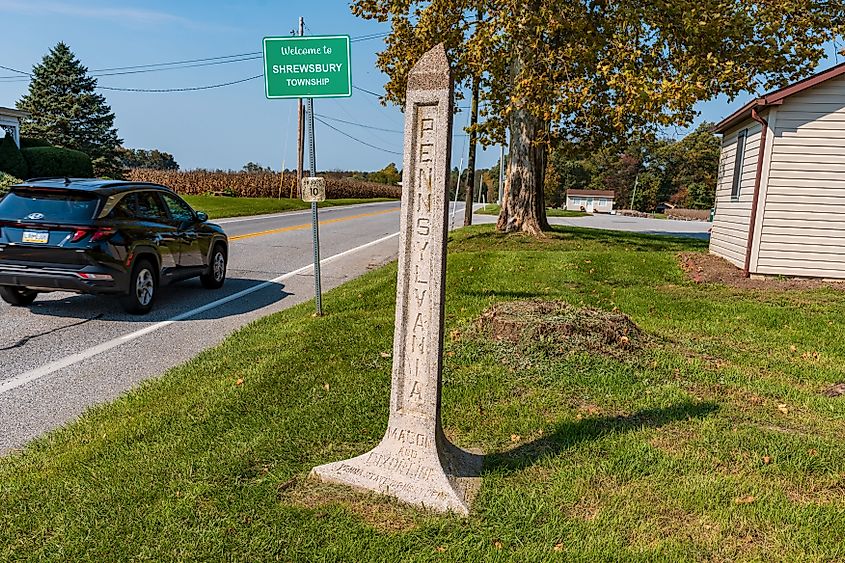
One of the most lasting impacts of the Mason-Dixon Line is how it shapes Americans’ mental maps of the country. Even if people cannot point to its exact path, they often have an idea of it as the symbolic border between North and South. That mental image influences everything from sports talk to business marketing.
Brands sometimes tailor advertising to either side of the line, adjusting language, themes, and product offerings. Politicians and journalists also use it in speeches and reporting to quickly evoke a cultural difference without explaining a lot of background.
Why It Still Matters
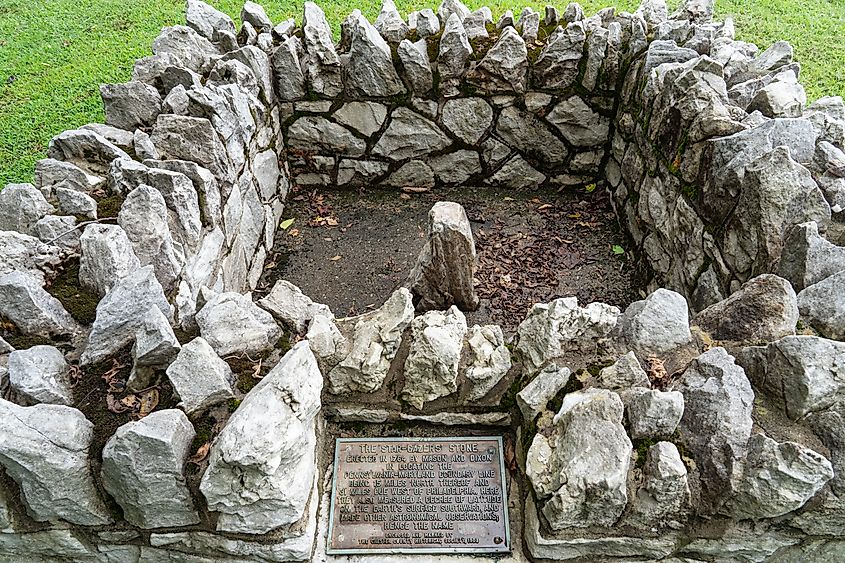
The Mason-Dixon Line still matters because it represents more than a colonial survey. It is a reminder of how geography, history, and culture interact to shape identity. It stands as a symbol of how boundaries can influence the way people see themselves and others.
While the physical stones and markers along the line may be weathered, the cultural weight of the Mason-Dixon Line remains strong. It connects the present to the past and continues to color how Americans think about regions, traditions, and even political leanings.
Final Thoughts: A Line That Refuses to Fade
Nearly 260 years after Charles Mason and Jeremiah Dixon finished their work, their survey line is still very much alive in the American imagination. It is part of the country’s cultural DNA, influencing language, politics, sports, food, and even vacation plans. In a nation that often prides itself on progress and change, the endurance of the Mason-Dixon Line proves that some historical boundaries are too deeply woven into the national story to disappear.

